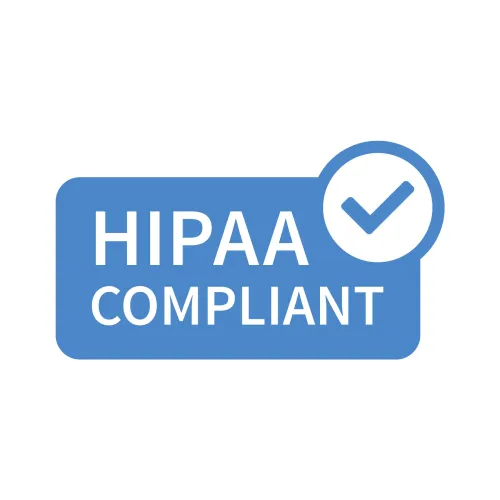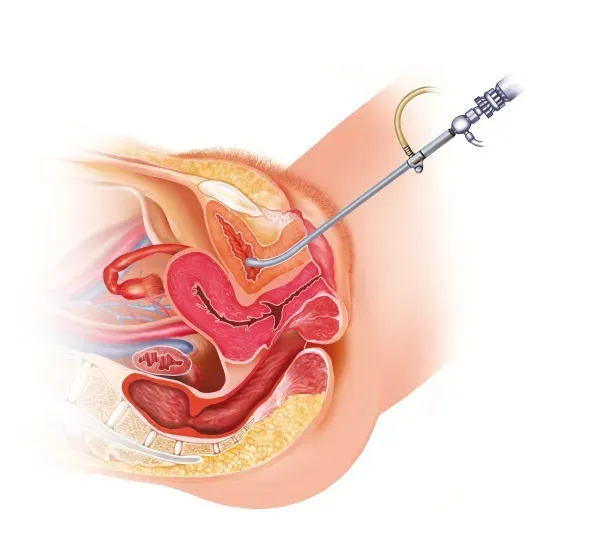Urology Coding Alert
Build a Strong Audit Program in Your Urology Practice
First, establish the audit’s scope.
If you’ve ever wondered how to create an audit program in your practice, then look no further. During the 2021 Regional HEALTHCON session “Developing, Implementing, and Delivering an Audit Program for Physician Services,” teachers Sandy Giangreco Brown, BS, RHIT, CCS, CCS-P, COC, CPC, CPC-I, COBGC, CHC, PCS, and Kim Huey, MJ, CCS-P, PCS, CPC, CPCO, COC, CHC, shared how to build a strong audit program in your practice. For example, you should always know the time frame for your audits.
Apply this expert advice to create a strong audit program in your practice today.
Establish the Audit’s Scope
An audit’s scope, which is defined as the amount of time and documents involved in an audit, is an important factor in auditing, according to Brown. The audit scope, ultimately, establishes how deeply an audit is performed.
You should decide the scope of an audit prior to signing an engagement letter or agreement to protect both the entity and the person doing the audit, Brown added. Failing to clearly define the audit can result in “scope creep,” which can then add on not only time but also increase the monetary cost of the audit.
“Working with management, or the entity requesting the audit, to clearly define the scope of the audit sets realistic expectations of what is being included in audit and what is excluded,” Brown said.
Tools and resources: You should also identify the tools and/ or resources you will use to perform the audit within the scope and engagement letter/agreement to be signed, according to Brown. If you are utilizing a tool from a particular vendor, you should identify that tool by name.
Possible resources include the CPT® professional edition for a particular year, especially if performing retrospective review; the ICD-10-CM book for identified years; CPT® Assistant; AHA Coding Clinic; Medicare or CMS guidance and applicable Transmittals; and fee schedules if the revenue variance is to be calculated, Brown added.

Know Differences Between Prospective, Retrospective Audit
Prospectively performing a review is “pre-bill,” which is performed on claims after coding is completed, but prior to being submitted to the insurance payer, Huey said. Completing audits prospectively results in claims being put on hold or suspended until after the review has been completed.
“We do very few prospective reviews just because we’re holding up the accounts receivable (AR) to do that,” Huey added. But, if you do the review pre-bill, you don’t have to do corrected claims because you are going to correct them going out.
On the other hand, a retrospective audit is “post-bill,” or after the claim has been submitted for payment and subsequently paid or denied, according to Huey. If issues are identified with retrospective claims, those claims should be rebilled as corrected claims.
You also want to identify the time frame, Huey said. It may be beneficial to choose a real-time timeframe to provide education to providers closer to the dates of service.
Discover Proactive Compliance Audits
If you do a proactive compliance audit, you need to decide if it’s prospective or retrospective, according to Huey. In this case, you don’t know if there’s a particular problem, but you do know that you should be auditing.
First, you need to decide how many encounters you are going to look at, Huey said. “I personally don’t like to look at less than 10 because I think less than 10 doesn’t give you a good picture.”
Second, you need to know the scope.
When you are deciding to choose the sample, you have different ways to think about it. Huey suggests a blend of the following:
- The Office of Inspector General (OIG) Work Plan
- Comprehensive Error Rate Testing (CERT) issues
- Recovery Audit Contractor (RAC) issues
- Top 10 denials for the practice
- Top 10 services billed for this practice
- Specific issues brought to your attention
Focus on Time Frame for Audits
The time frame you choose for the review will depend on the reason for the audit, according to Huey.
If this is a proactive or compliance audit, it may be more helpful to choose recent claims, Huey said. If the purpose is education, it is better to work with recent visits the provider may remember. There may have also been changes in the documentation patterns.
On the other hand, when the audit is for a specific problem, you want to look at the time frame for which that problem is suspected, Huey said. She provided this example: You brought a new physician into your practice two years ago. You recently found out he has been billing new patients for every patient he saw. But what if the patient had been seen by someone else in the practice? You may have a lot of claims that need to be corrected. You will need to go back for two years.

Pinpoint How to Take Audit Sample
Your audit sample will depend on the type of audit, according to Huey.
If you are not investigating a specific problem, Huey suggests looking at ten encounters per provider. This is called a “judgmental sample,” where you are using a small sample to make a judgement.
A judgmental sample cannot be extrapolated to a larger population since it is not truly random, according to Huey. The OIG recommends five judgmental samples per provider per federal payer per year.
On the other hand, if you are investigating a specific problem, you may consider a statistically valid random sample, Huey said.
A statistically valid random sample will give you a really good idea of what you are going to have to refund to the federal government, according to Huey. This type of sample is a probe sample followed by larger sample with a targeted confidence and precision. Probe usually involves 30, 40, or 50 items.
For self-disclosure, CMS requires that the sampling methodology be reviewed by a statistician or someone with equivalent experience, Huey added.
Apply Audit Results for Education
Once the review is complete, you must decide what you will do with the results, Huey said. If the audit was done prospectively, the claims should be billed according to the findings of the audit. This may demonstrate the need for further retrospective review.
On the other hand, if the audit was performed retrospectively and the claims have been submitted, corrected claims should be resubmitted for changes to codes or payments based on audit findings, according to Huey.
If the audit was done as part of attorney engagement, then legal counsel should determine if self-disclosure will need to be done and if payback will be given to payer, Huey added.
Follow-up education is also key and should be timely and targeted, Huey said. You must decide if the education will be group or individual.
Your compliance and auditing program will not be very effective if you never educate your providers on how to “do it right,” according to Huey.
Related Articles
Urology Coding Alert
- Tips:
5 Tips Guide Your Varicocele Excisions Procedure Coding
Report I86.1 for varicoceles. In some cases, your urologist may need to perform an excision [...] - Quiz:
Common FAQs Perfect Your Bladder Neoplasm Claims
Report C67.7 for malignant neoplasm of the urachus. Reporting neoplasms can be tricky because you [...] - Audits:
Build a Strong Audit Program in Your Urology Practice
First, establish the audit’s scope. If you’ve ever wondered how to create an audit program [...] - You Be the Coder:
Delve Into Bladder Tumor Scenario
Question: My urologist performed a cystoscopy, transurethral resection of bladder tumors with fulguration. The patient [...] - Reader Questions:
Count Number of Lesions for Correct Code Choice
Question: For CO2 laser ablation of genital condyloma that is on the scrotum, should I [...] - Reader Questions:
Identify Type of Orchiopexy Approach
Question: Can we report 54640 for retractile testis? The patient in a normal state has [...] - Reader Questions:
Differentiate Between These Circumcision Codes
Question: My urologist excised frenular and dorsal skin bridges on an adult circumcised patient. Should [...] - Reader Questions:
Append Modifier 52 in This Situation
Question: I need some help coding the removal and replacement of a multi-component penile prosthesis. [...] - Reader Questions:
Master This Channel TURP Scenario
Question: My urologist performed a cystolitholapaxy for a stone sized greater than 2.5cm. They also [...] - Reader Questions:
Code 57120 Encompasses all Colpocleisis Procedures
Question: What codes should I report for Le Fort colpocleisis with high perineorrhaphy and cystoscopy? [...] - Reader Questions:
See How to Report Litholapaxy
Question: After informed consent was obtained, the patient was brought back to operating room and [...]




